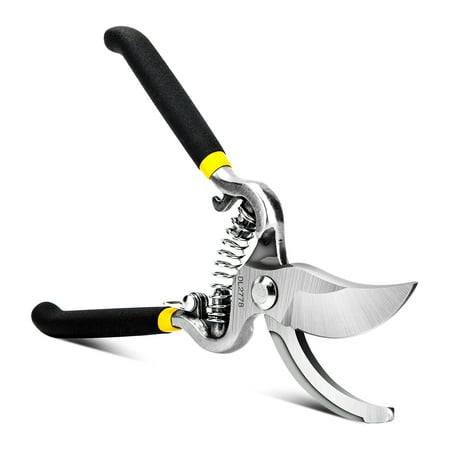How and when to harvest spaghetti squash – signs of ripeness you need to know
It’s all in the look and feel of spaghetti squash
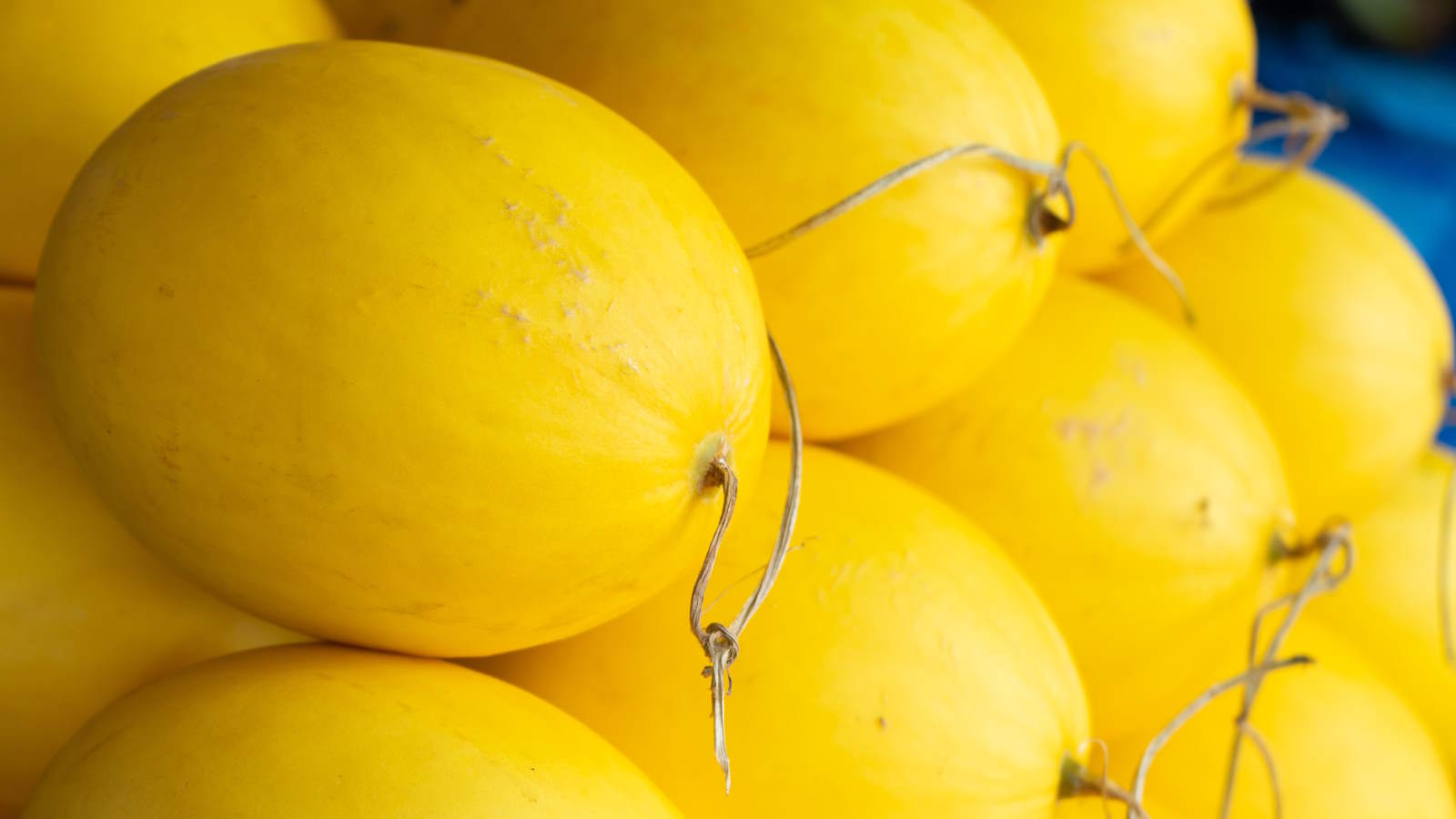

Spaghetti squash is a popular crop thanks to its spaghetti-like flesh that makes a healthy and nutrient-rich alternative to pasta. It can be used in many dishes, not just as a pasta substitute, and the plants themselves are simple to grow at home.
If you are new to growing spaghetti squash, it may be tricky to determine exactly when the fruits are ripe and it is the perfect time to pick spaghetti squash. The plants grow large and you can get 6-8 fruits per plant that may reach peak ripeness at different times.
The key to knowing when to harvest spaghetti squash is to note down the expected days to maturity when planting and keep a close eye on the fruit’s color and skin as the time to harvest arrives. To help, let’s take an in-depth look at when and how to harvest spaghetti squash.
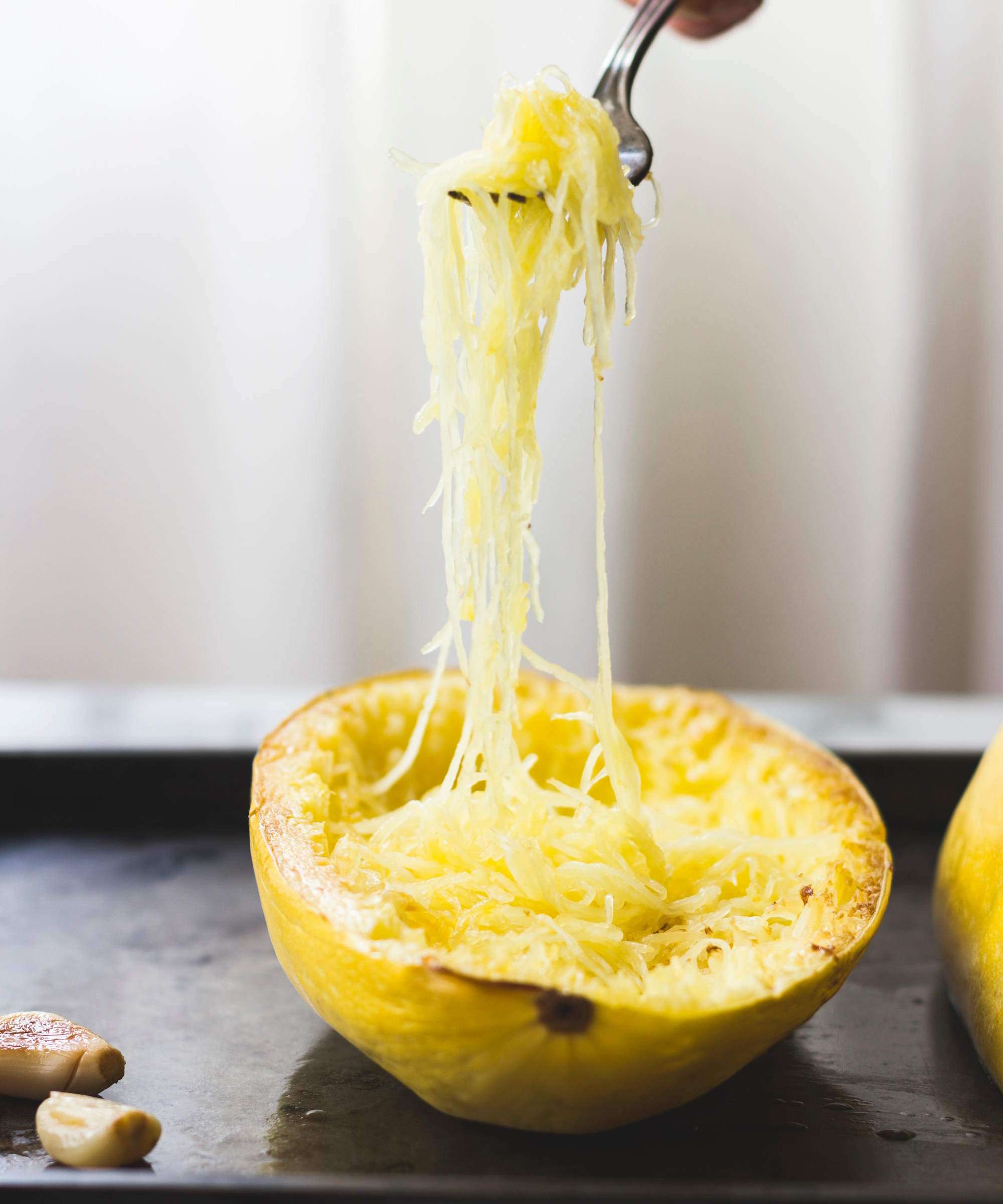
Harvest spaghetti squash for a variety of meal ideas
Quick tips to help get a top spaghetti squash harvest
To boost your chances of getting a good harvest of spaghetti squash, choose carefully how to plant the crop. It needs a growing season of at least 100 days so sowing seeds indoors early in spring can extend the season, or purchasing transplants to plant the vegetable into your vegetable garden can save time.
Grow plants in a spot with at least 6-8 hours of daily sunlight and use companion planting to aid pollination. Gail Pabst, from the National Garden Bureau, recommends ‘plant bee-attracting ornamental flowers near or in your squash beds’ to increase bee activity around plants and boost pollination to get lots of fruits.
When to harvest spaghetti squash
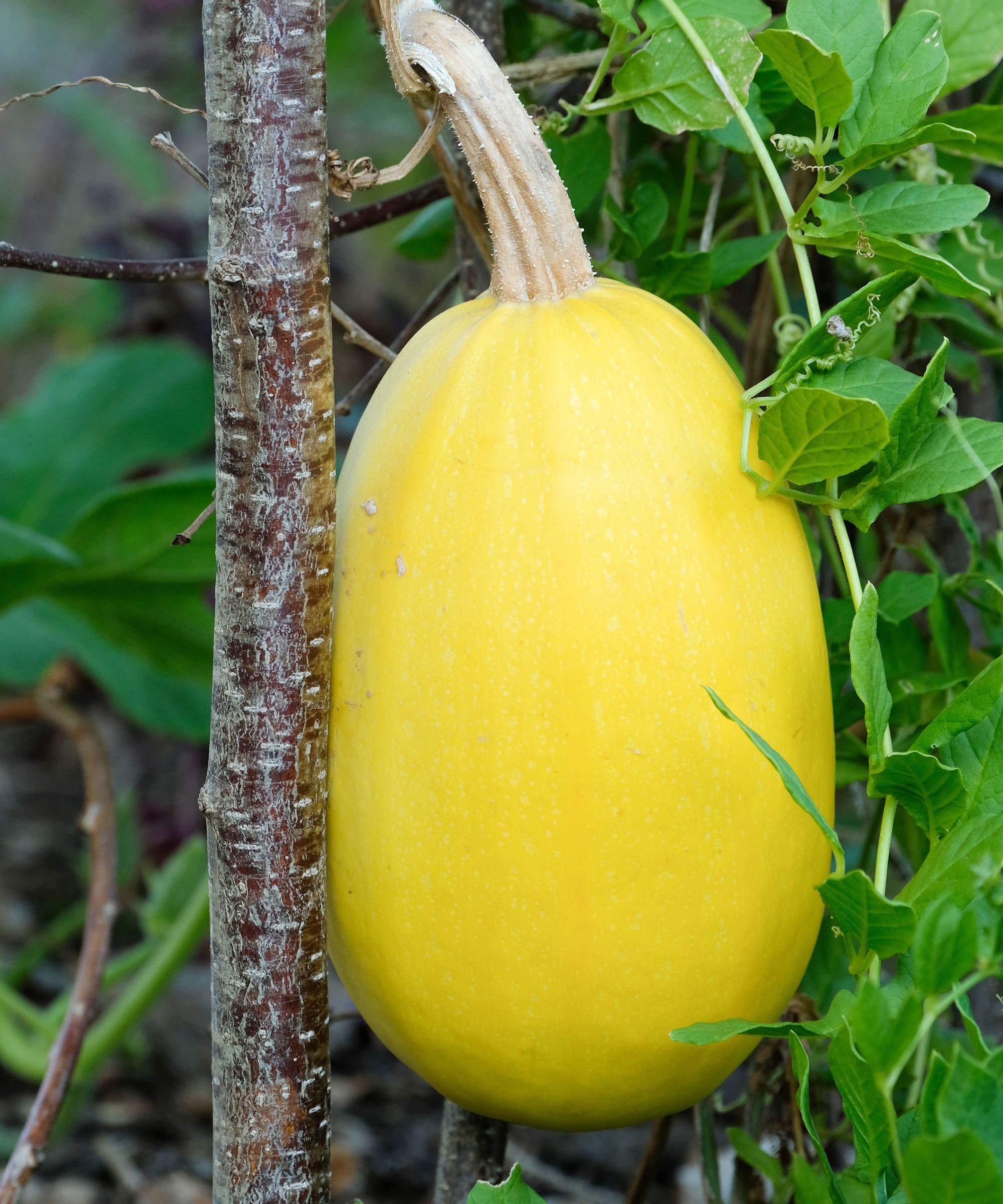
Harvest spaghetti squash when they have fully ripened on the vine
It should take around 100 days to go from sowing seeds to the time to harvest spaghetti squash and around 50 days after the blossoms have appeared. There are many different varieties and the days to maturity can range from 70-120 days, so always refer to the seed packet for a guide for the particular type you are growing.
The season to harvest spaghetti squash runs from September through to late October, however, it is important to pick all the fruits before the first frost arrives.
No matter the estimated timeline, there are tell-tale signs you can use to be confident a spaghetti squash is ready to pick and it predominantly comes down to the look and feel of the fruit. Understanding the signs is important as spaghetti squash is best to let fully ripen on the vine.
Spaghetti squashes commonly grow to 4-5 inches in diameter and 8-9 inches in length. When ripe, the vines and the stems of the plant near the fruit should be brown and Carrie Spoonemore, the co-founder of Park Seed’s app ‘From Seed to Spoon’, advises that the skins should be a ‘deep, solid color and hard to the touch’. The skin needs to be an even color and have a matte appearance, as shiny skin is a sign of unripe fruit.
The best way to test the hardness of the skin is to press a fingernail into it. If the squash is ripe, the tough rind will be difficult to mark. On the other hand, an unripe squash will be easily punctured by the fingernail.
Gail Pabst adds: ‘Another indicator is that the ‘ground spot’ changes color from yellow to cream, gold, or orange’. The ground spot is where the fruit has been sitting on the ground and will be a different color from the rest of the fruit. Flipping the squash over and checking the spot on the bottom can give you another indicator of ripeness.
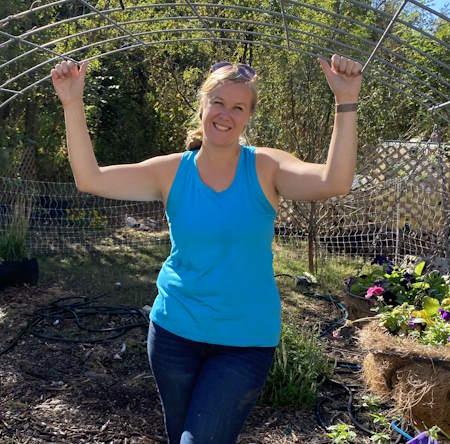
Carrie Spoonemore, co-founder of Park Seed’s app 'From Seed to Spoon' has dedicated herself to empowering people to take control of their health and environment by growing their own food. Her journey alongside her husband, Dale Spoonemore, in creating a platform that demystifies gardening and promotes a healthier lifestyle, has made a significant impact on individuals around the globe
How to harvest spaghetti squash

Take care not to damage the fruits when harvesting spaghetti squash
Spaghetti squash harvesting is a straightforward task and requires only basic garden tools. It can be done with pruning shears, loppers, or a knife. The only prerequisite is that tools are sharp to ensure you make clean cuts to reduce the risk of infection, which could impact the storage life of the squash.
Once you have checked all the signs and are confident that the spaghetti squash is ripe and ready to harvest, the time has come to cut the fruits from the vine carefully. Carrie Spoonemore advises leaving 'a few inches' of stem attached to the fruit when you remove it from the vine.
Leave at least 2-4 inches of stem attached, but never lift the squash using this handle. A broken stem from lifting the fruit by it, or not leaving any stem when harvesting spaghetti squash, is a harvesting mistake that can lead to the fruit rotting. Take care when lifting and moving the fruit to avoid causing any damage.
After harvesting, it is important to cure the fruits. This helps with flavor but also ensures the fruits can be stored for the longest time possible. Gail Pabst advises this can be done by keeping the squash 'in a warm (80-90F), dry location for a few days’.
This can either be done outside, exposing fruits to dry and warm conditions for 5-7 days, or they may be brought indoors into a greenhouse or sunroom - anywhere bright, dry and with good ventilation - to cure if wet weather is forecast. Lay the fruit out ensuring they do not touch and check them daily for signs of rot.
The remaining vines can be collected and lifted from the vegetable garden to be added to the compost pile to break down and help provide nutrients to the soil in years to come.

Gail Pabst is the marketing director for the National Garden Bureau. This non-profit organization helps promote, educate, and inspire gardeners. Gail has a Horticulture degree from the University of Illinois and has worked in the industry for over two decades.
How to store spaghetti squash
After the spaghetti squash has cured, store the fruits at 50-60F in a dry, frost-free place with 50-75% humidity and good air circulation. Lay out the fruits in a single layer and ensure they do not touch each other, never pile them in a box.
Remember to check at least weekly for signs of rot and remove any blemished fruits. When stored correctly, the spaghetti squash should keep for up the three months.
Essential kit to harvest spaghetti squash

Fiskars PowerGear Super Pruners glide through branches up to 1.5" thick for easy cuts. The low-friction blade coating makes smooth cuts.
FAQs
Can you ripen spaghetti squash in the house?
If all your spaghetti squash don’t ripen before the frost is due, it is possible to ripen them indoors. The squash, however, does need to be quite far through the ripening process already to be able to finish in the house. Keep it in a warm and sunny spot indoors, with green parts of the fruit facing the sunlight. Rotate every few days to ensure all sides of the squash eventually ripen.
Is green spaghetti squash ok to eat?
Unripe green spaghetti squash is edible and can be cooked similarly to summer squash. However, they will not have the same taste as ripe spaghetti squash. Green spaghetti squash does need to be properly cooked and will likely taste less sweet in comparison to ripe fruits.
It can take similar know-how to gauge when to pick a ripe pumpkin. It is down to the color, skin, and sound - this is because a ripe pumpkin will make a hollow sound when tapped. To learn more, see our article on when to pick a pumpkin off the vine.
Sign up to the Homes & Gardens newsletter
Design expertise in your inbox – from inspiring decorating ideas and beautiful celebrity homes to practical gardening advice and shopping round-ups.

Drew’s passion for gardening started with growing vegetables and salad in raised beds in a small urban terrace garden. He has worked as a professional gardener in historic gardens and specialises in growing vegetables, fruit, herbs, and cut flowers as a kitchen gardener. That passion for growing extends to being an allotmenteer, garden blogger, and producing how-to gardening guides for websites. Drew was shortlisted for the New Talent of the Year award at the 2023 Garden Media Guild Awards.
-
 What is cozymaxxing and have you tried it yet? Here are 7 ways to embrace the trend and create an oasis of calm
What is cozymaxxing and have you tried it yet? Here are 7 ways to embrace the trend and create an oasis of calmExperts reveal how to take the cozymaxxing trend from social media into your home with color, texture, lighting and natural materials
By Emilia Hitching
-
 Mid-century modern bedroom ideas – 9 ways to channel this classic style with a current and contemporary feel
Mid-century modern bedroom ideas – 9 ways to channel this classic style with a current and contemporary feelThis timeless interior design style is defined by organic shapes, earthy neutrals, and a focus on functionality, qualities that make it a great choice for a bedroom
By Lilith Hudson
-
 This $20 pop-up greenhouse from ALDI is perfect for small yards – it will turbocharge your tomato harvests this summer
This $20 pop-up greenhouse from ALDI is perfect for small yards – it will turbocharge your tomato harvests this summerEasy to use and compact to store, pop-up greenhouses are ideal for patio or balcony gardeners
By Thomas Rutter
-
 Small yard but want to grow your own crops? This wooden cold frame is 40% off at Wayfair – and it's perfect for tiny patios and apartments
Small yard but want to grow your own crops? This wooden cold frame is 40% off at Wayfair – and it's perfect for tiny patios and apartmentsCold frames are a sensible investment for any gardeners struggling for space on balconies, backyards or patios
By Thomas Rutter
-
 7 of the best tomatoes for growing in pots – expert growers pick their top varieties ideal for large harvests from containers
7 of the best tomatoes for growing in pots – expert growers pick their top varieties ideal for large harvests from containersYou can enjoy bumper homegrown harvests in small spaces
By Drew Swainston
-
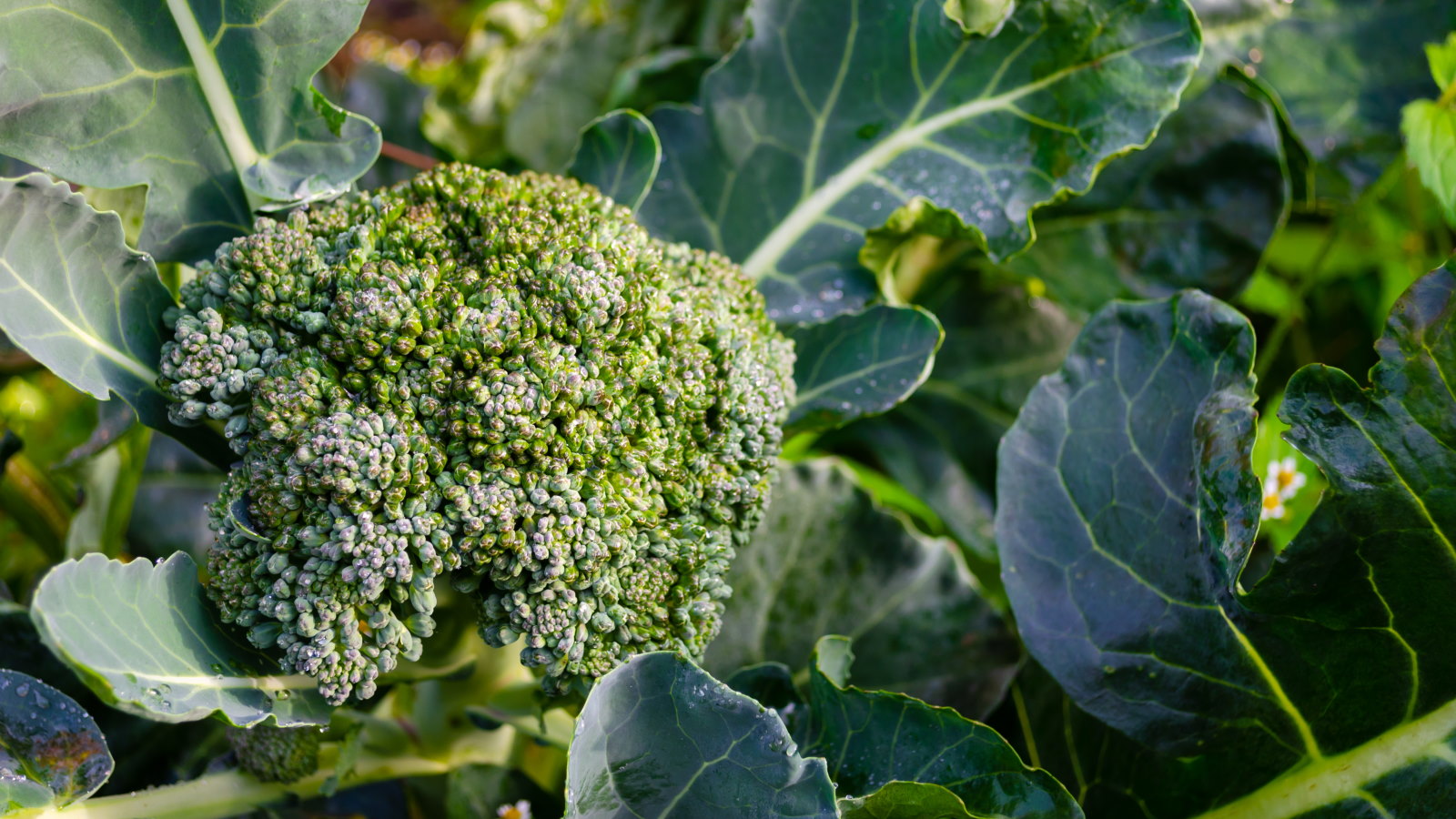 These 5 plants can help you get the best, and potentially tastiest, broccoli ever – discover what to plant with broccoli, and what to avoid
These 5 plants can help you get the best, and potentially tastiest, broccoli ever – discover what to plant with broccoli, and what to avoidOur selection of vegetables, herbs, and flowers is perfect for companion planting with broccoli
By Drew Swainston
-
 How to grow cabbages in containers – expert tips for top harvests in small urban spaces
How to grow cabbages in containers – expert tips for top harvests in small urban spacesYou can grow lots of different cabbages in pots, troughs, grow bags, or buckets
By Drew Swainston
-
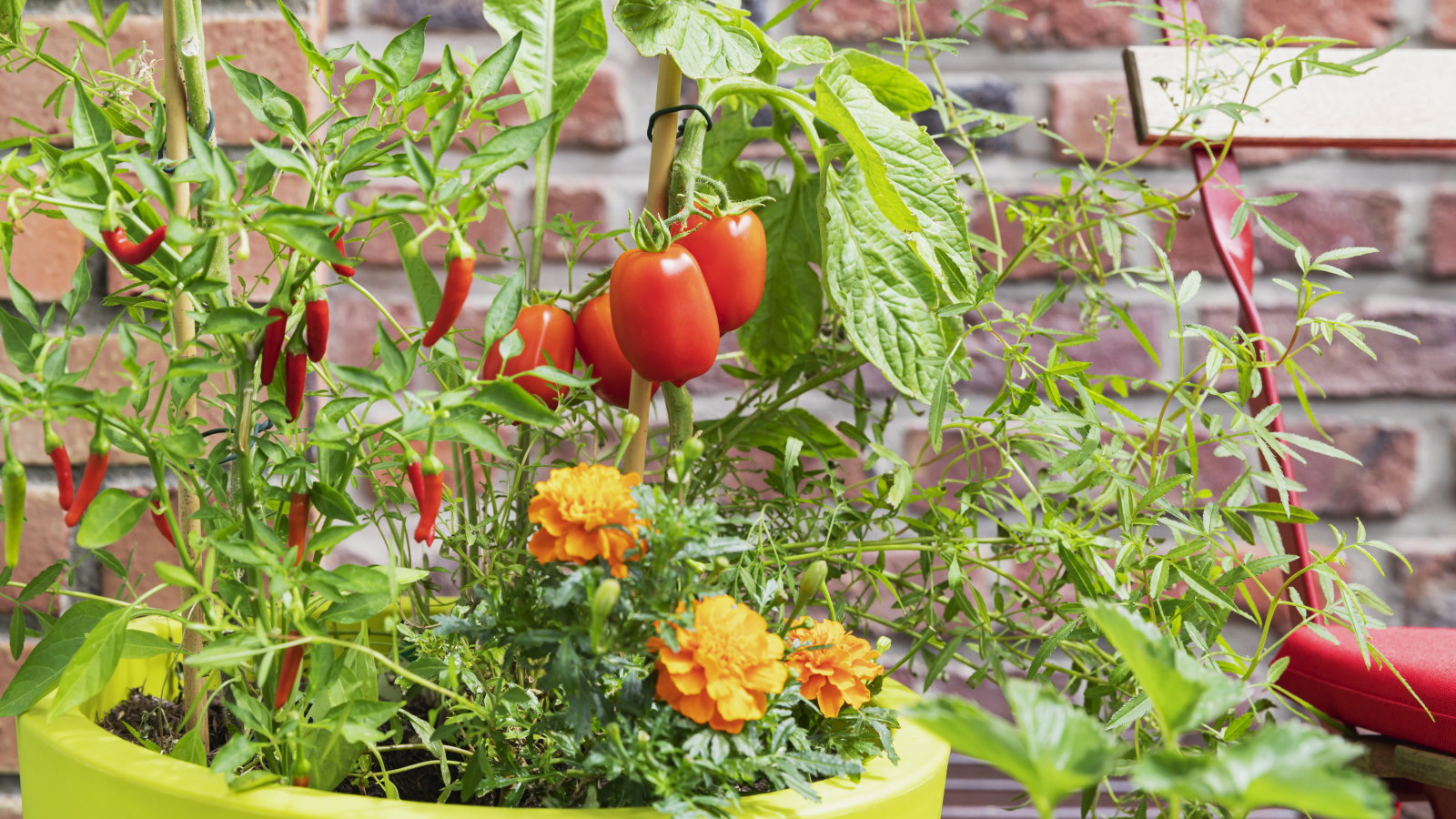 You'll get the best homegrown tomato crops if you plant them next to this one flower – discover why these two are a dream combination
You'll get the best homegrown tomato crops if you plant them next to this one flower – discover why these two are a dream combinationYour tomato plants will be pest-free and covered in fruits
By Drew Swainston
-
 Direct sowing vs transplanting – our grow-your-own expert advises which is best, and shares 5 veggies you should always sow directly
Direct sowing vs transplanting – our grow-your-own expert advises which is best, and shares 5 veggies you should always sow directlyBoth approaches to sowing vegetables have pros and cons
By Drew Swainston
-
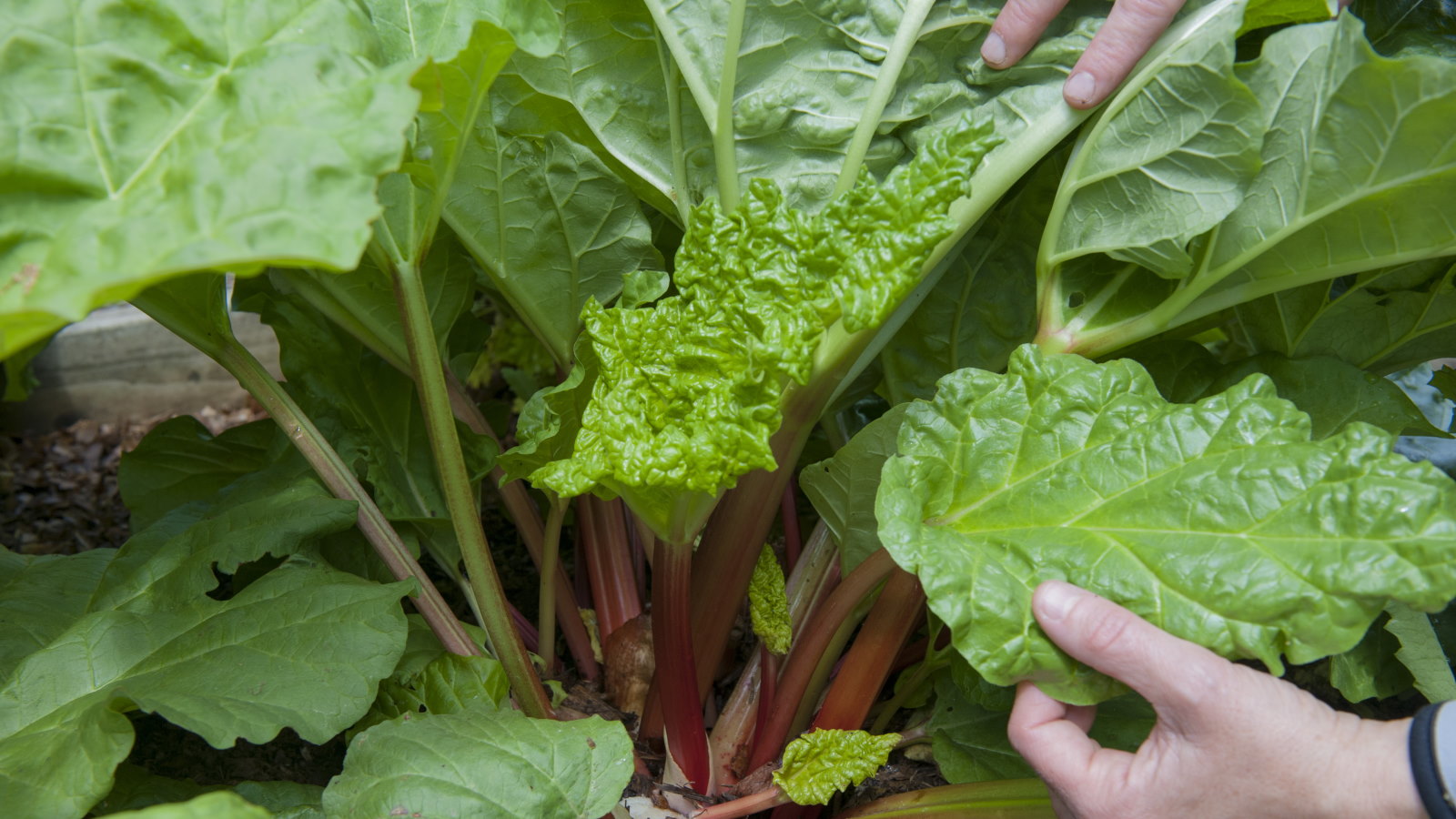 I grew rhubarb from seed for years – here’s exactly how to do it for guaranteed germination and healthy crops of fruit
I grew rhubarb from seed for years – here’s exactly how to do it for guaranteed germination and healthy crops of fruitGrowing rhubarb from seed is a cost-effective way to propagate plants, but it requires care and patience
By Drew Swainston
